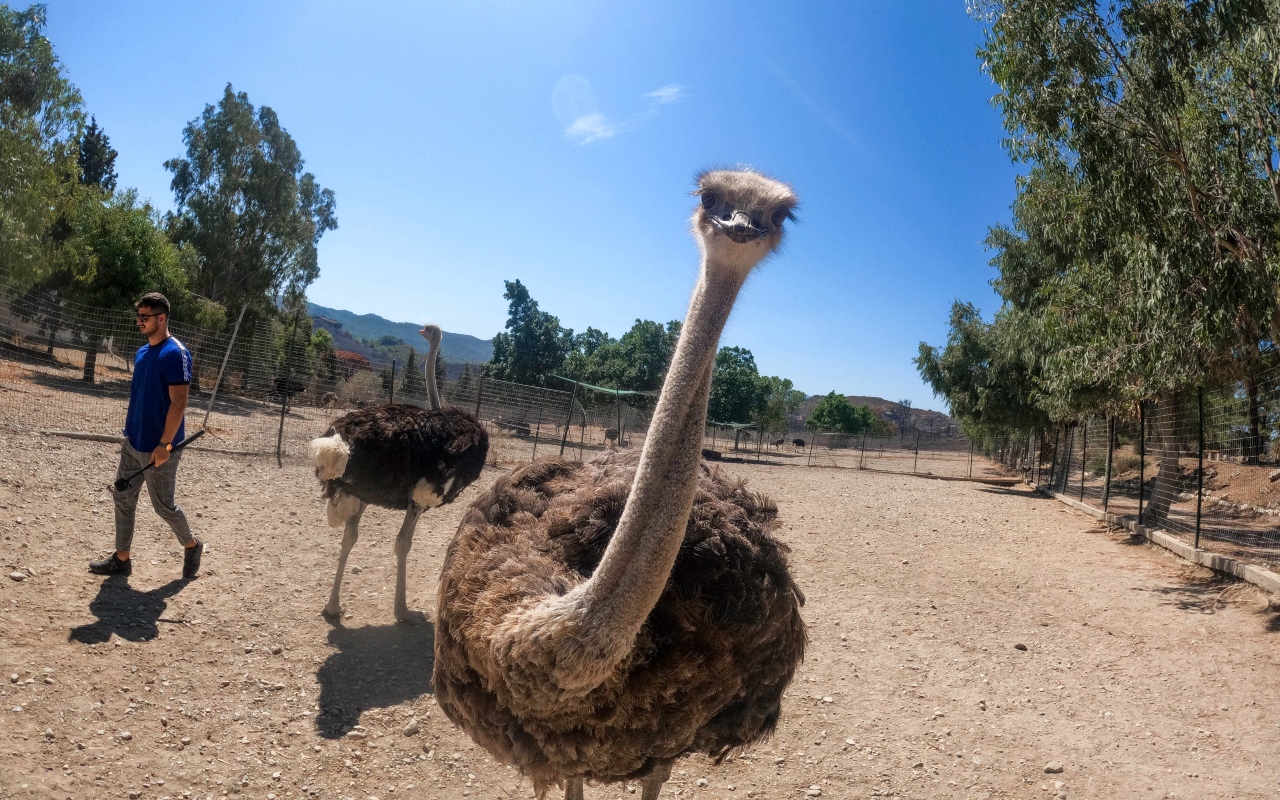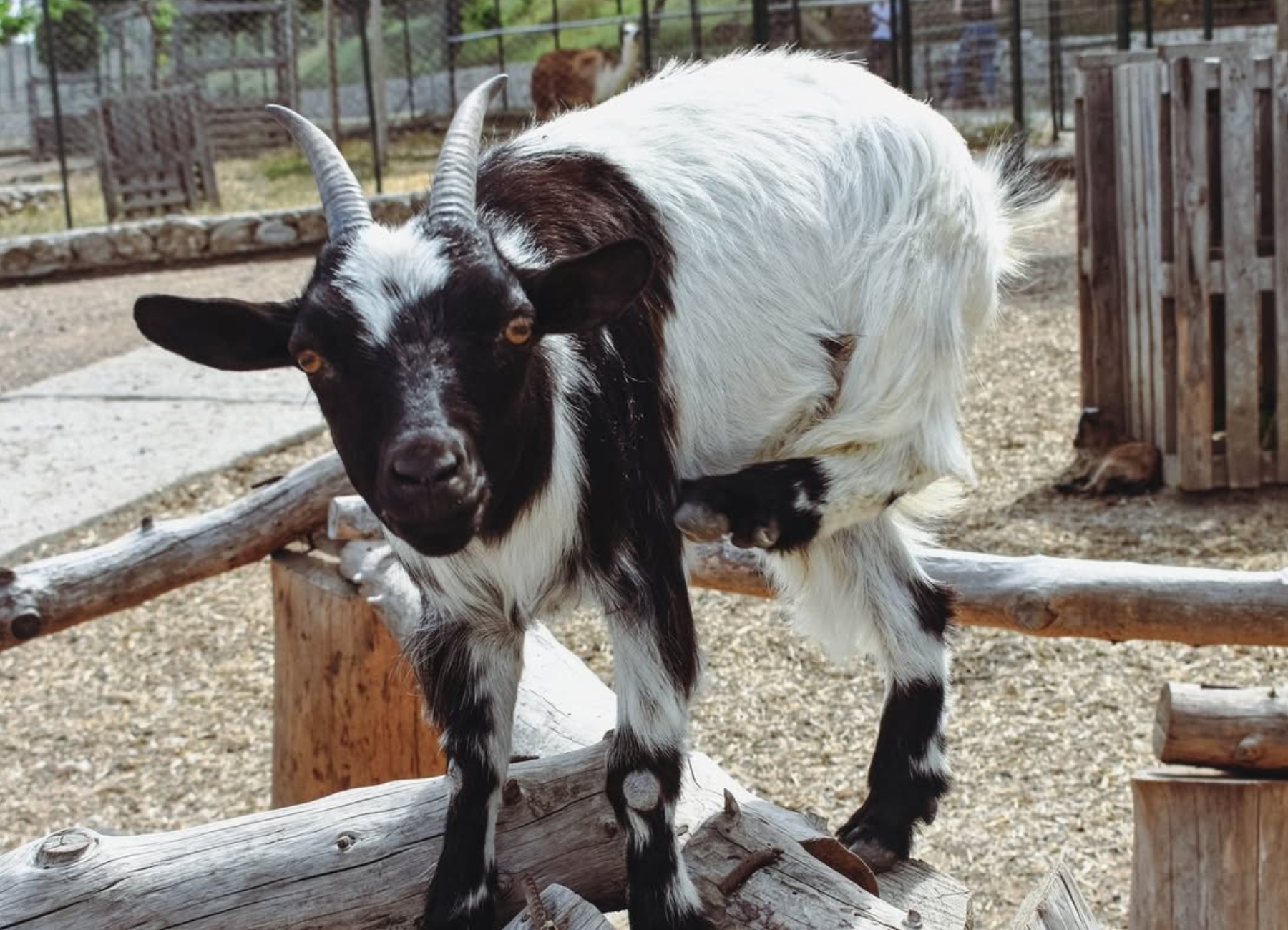
Ostriches: The world’s largest birds
Ostriches are the largest birds in the world. These large flightless birds are part of the genus Struthio in the order Struthioniformes. There are 9 known types of ostriches but 7 of them went extinct with only 2 living types remaining. These two living types of ostriches are the common ostrich and the Somali ostrich. The IUCN Red List of Threatened Species, one of the most comprehensive lists for evaluating the conservation status of animals and plants all around the world, classifies ostriches in the relatively low risk of extinction category. Ostriches live in the African Savanna and desert lands, but you can also find them in the Farma of Rhodes.
Ostriches as a commodity in antiquity
The relationship between humans and ostriches goes way back. The ancient Egyptians, Assyrians, and Babylonians used ostrich feathers for decoration and fashion purposes. Ostrich feathers were used by kings and knights for decorating their crowns respectively. Ostrich products were also used in ancient Africa, being an important part of the local economy. During the early 20th century, ostrich products were ranked as the 4th largest exported product in the country, after gold, diamond, and wool.
Reproduction and family life
Ostriches typically live in small groups with less than 12 members. The leader of the pack is the dominant male, who mates with the dominant female of the pack. The ‘alpha male’ is also allowed to mate with other female ostriches. But all the eggs are to be taken care of by the dominant female in her nest. The baby ostriches are raised both by the dominant female and male as a couple.
When a male seeks to attract a female, the courtship process starts. The male sinks slowly to the ground, almost as if he is bowing. Then he waves his feather at the females one by one, trying to impress them. He then gets up and approaches her with his wings up. If she is impressed by the male, she mates with him.

What do ostriches eat?
Ostriches are omnivores. They typically eat plants, roots, and seeds. But if lizards, insects, or snakes come within their reach, they are happy to eat them. The intestines of ostriches are tough. They are 14 meters long and can digest almost anything. Ostriches shallow small rocks and sand to help with digestion, so don’t be surprised when you see them eating rocks. Water is not an issue for ostriches, because they get all the water they need from their food.
If they have feathers, why can’t they fly?
Although ostriches are considered birds their weight makes it difficult for them to fly. But although they cannot fly they are exceptional runners. Ostriches can sprint up to 70 km per hour, making them some of the fasted birds in the world. Baby ostriches are also fast, being able to run up to 56 km per hour. Their stride is humongous, with just one stride being 3 to 5 meters long!
A myth about ostriches
It is a myth that ostriches bury their head in the sand when they feel like they are in danger. The reality is that ostriches lower their head close to the ground, so they become less visible. When looked at from afar, it gives the illusion that their head is inside the ground. That is probably the origin of this myth.
Are you as fascinated by these incredible birds as we are? Do you want to interact and play with ostriches during your summer vacation? Visit Farma of Rhodes and make your dream a reality. You can also visit our store and buy many ostrich products and more!






